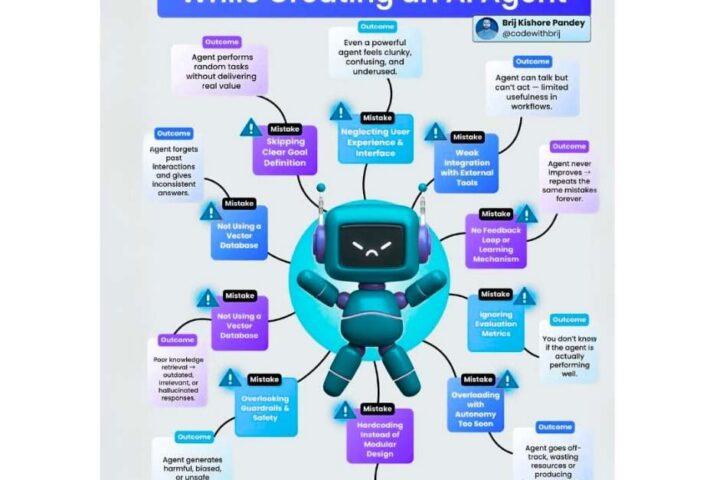Email marketing is one of the most common marketing strategies that businesses consider effective in promoting their products and services. A study performed by Oberlo has concluded that for $1 spent on email marketing, businesses can get returns of up to $42. This marketing channel holds a lot of potential to help your business turn its subscribers into customers..
As email marketing continues, marketers need to use metrics to evaluate the success of their email marketing campaigns. Email analytics like open rates and response times can now consistently be monitored through tools like o365 sla. The data acquired and the insights derived through such tools can significantly improve your growth strategies and help in data-driven and strategic decision-making. Here are a few ways you can use email analytics and make the most out of the acquired data:
Monitor Your Data Consistently
It is vital to monitor your statistics regularly; checking them at least once a month is essential. You can schedule separate email analytics check-in apart from the mandatory one when you have an effective campaign or leads.
This data can then be transferred for various evaluations, including annual reporting and performance assessment against the preset marketing goals. Reviewing data can help you make well informed decisions and design effective strategies for future campaigns. You can also identify patterns in consumer trends through the data acquired and distinguish between successful and unsuccessful marketing efforts. Quarterly check-ins and annual check-ins with email analytics are also essential to track short-term and long-term patterns of consumer behavior and help you understand the overall performance of your business.
Reflect on Your Numbers
Closely analyzing the minute details and patterns in email marketing is as important as tracking the analytics. These are a few key questions that need your consideration when you look at the numbers:
- Which type of content appeals to the subscribers and gets the most responses?
- Did you get a high response after a previous campaign? If not, find the potential reason behind it. This can be really helpful in creating engaging content and effective campaigns in the future.
- What type of forms and surveys did email recipients find the most engaging?
As important as it is to record the information, it is also crucial to constantly question the changes in the performance of your email marketing campaigns.
Refine your customer profiles
Your customer profiles are your best asset when trying to understand your audience in depth. You can create a fictional person representing each segment of your potential client base. It is advised to have a minimum of three client profiles to begin with, and these include:
- Your best customer: This profile will represent the ideal form of customer your business is predominantly serving at the moment. When it comes to their response to your email marketing campaigns, these people will most likely have the highest open rates and conversion rates to all your emails. This is because they are well-aware of your business and inclined to make repetitive purchases. They show consistent interest in your content and are on the lookout for new promotional deals and product launches.
- A new customer or newly interested person: This profile will include people who have recently made a purchase or shown any interest. These people may have made a few visits to your website or have opened your promotional emails. To expand and retain your client base, it is important for you to keep these people engaged through customized content. They have high chances of becoming your regular customers and making purchases in the near future.
- Prospect: This profile will include potential customers and people you plan to target through your email marketing campaign. You’re still trying to get the people from this profile to be aware of your brand, respond to emails, and create awareness about your business in this segment.
Using your email analytics data for this segmentation will allow you to tailor your future email marketing campaigns and personalize the content per each segment. This is the key to gaining high engagement rates and ensuring that the email marketing campaign is effective in its purpose of gaining new clients and improving brand awareness.
Endnote
Email analytics are your most valuable asset when planning on improving the performance of your business. However, using them correctly is the key to maximizing their effectiveness and benefits for your business. By consistently monitoring your numbers, reflecting and analyzing customer behavior through the acquired data, using customer profiling for segmentation and making more well-informed marketing decisions, your business can reap the maximum benefits from the available information in email analytics. These well-informed and data-driven decisions will pave the path of productivity, growth, and expansion in your business and increase your profit margins in the longer run.










